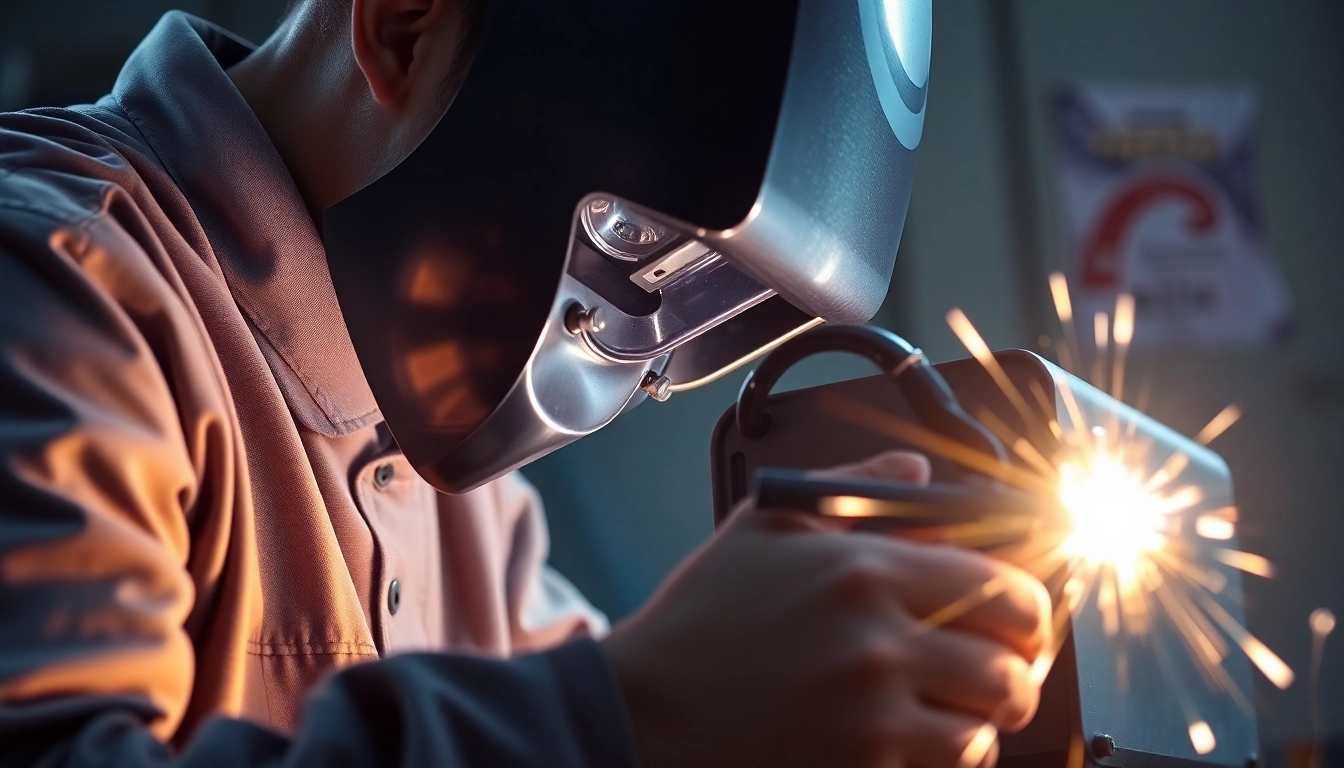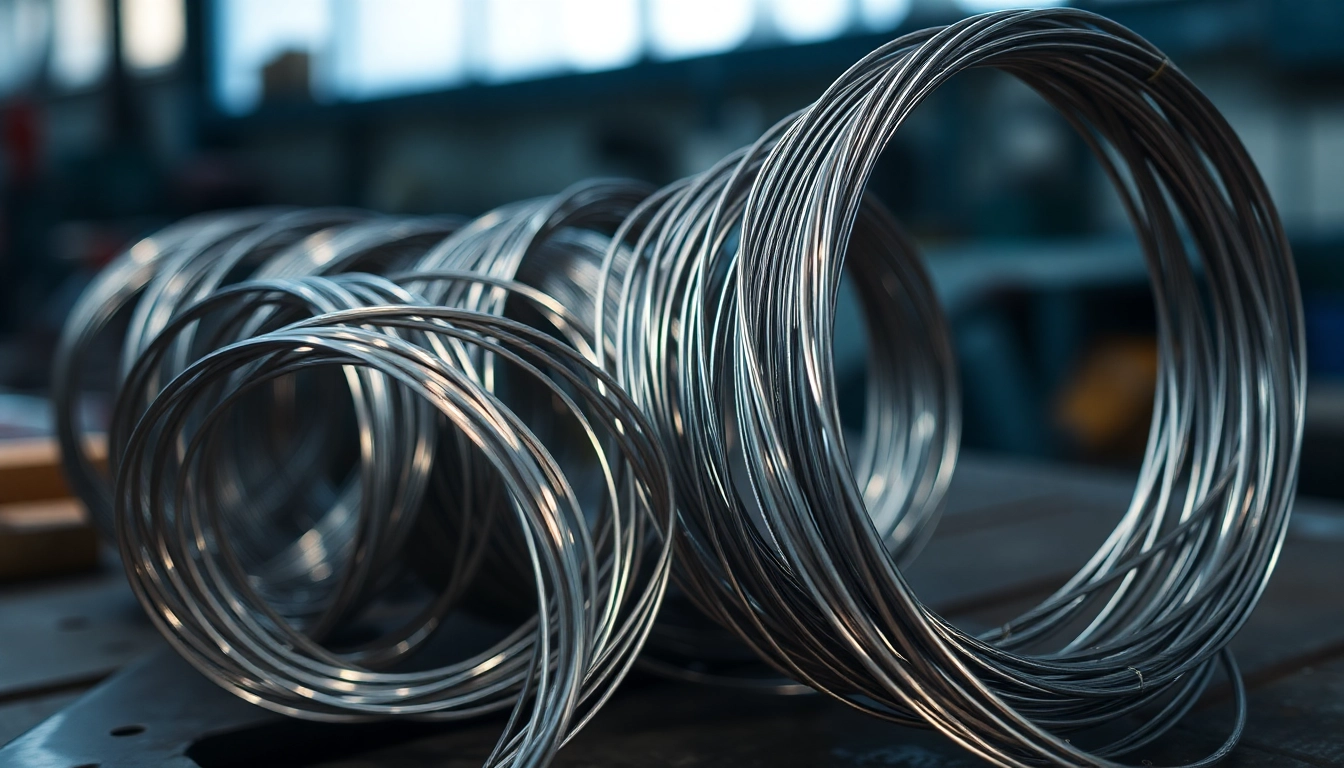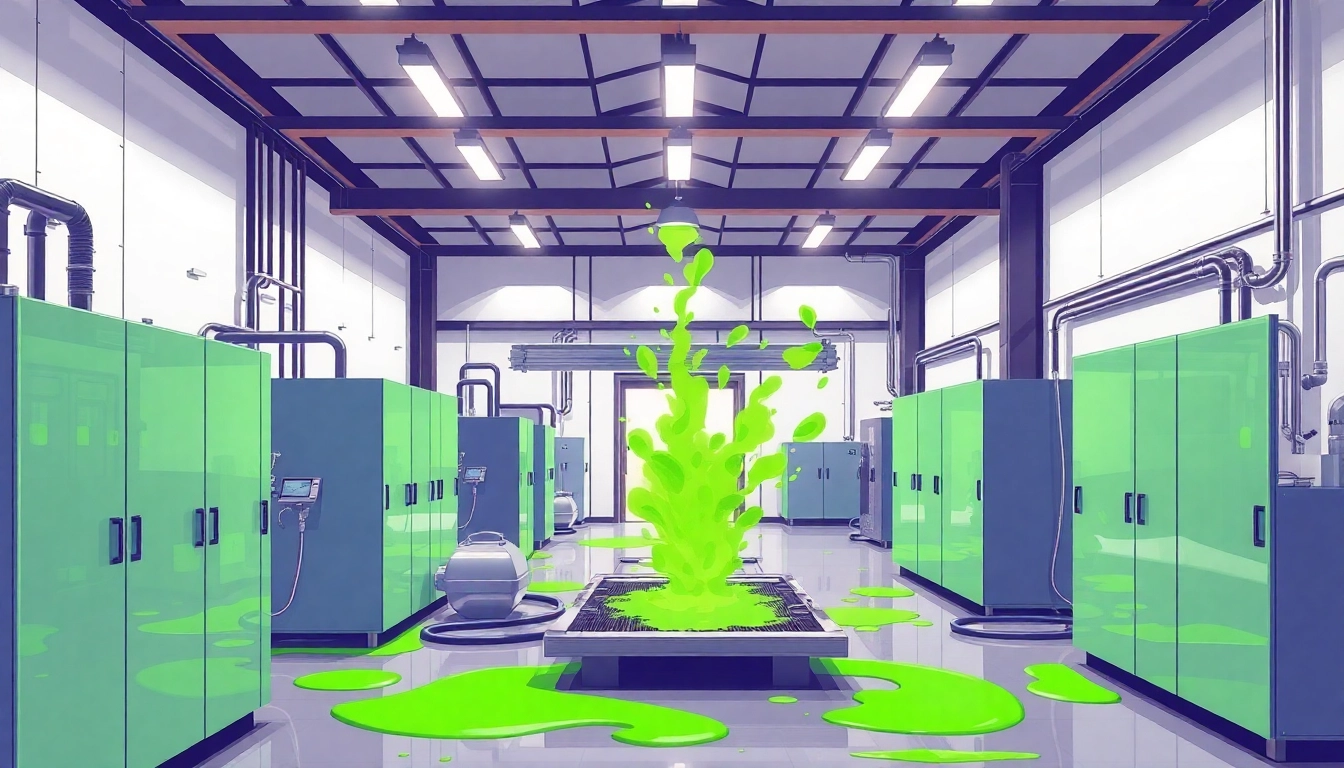Introduction to AC DC TIG Welder
TIG welding, or Tungsten Inert Gas welding, is a precise and efficient technique used prominently in the metalworking industry. Among the various tools available for TIG welding, the ac dc tig welder stands out for its versatility, allowing welders to work with a variety of materials and thicknesses. This article aims to provide a comprehensive guide on AC DC TIG welders, exploring their features, benefits, and applications, as well as offering insights on how to select, setup, and maintain these machines effectively.
What is an AC DC TIG Welder?
An AC DC TIG welder is a welding machine that can operate on both alternating current (AC) and direct current (DC). This dual functionality makes it a highly adaptable tool for welders who work with different materials. AC is primarily used for welding non-ferrous metals such as aluminum and magnesium, while DC is preferred for ferrous materials like steel and stainless steel. The ability to switch between AC and DC significantly enhances the welder’s capability to create strong and clean welds across a diverse range of projects, making it a favorite in industrial and fabrication settings.
Benefits of Using AC DC TIG Welders
- Versatility: The ability to switch between AC and DC allows welders to tackle various materials and thicknesses without needing separate machines.
- Precision: TIG welding provides a high degree of control over the welding process, allowing for cleaner and more accurate welds.
- Quality of Weld: TIG welding produces high-quality welds that are often stronger and more aesthetically pleasing than those created by other welding processes.
- Reduced Cleanup: The processes involved in TIG welding often result in less spatter and require less post-weld cleanup.
Common Applications in Welding
AC DC TIG welders are widely used in various industries for multiple applications. Here are some common uses:
- Fabrication and Manufacturing: Ideal for producing thin and robust welds in metal fabrication settings.
- Automotive Repairs: Used for welding aluminum components in automotive applications.
- Aerospace Industry: Provides the precision required for aerospace components that must meet strict safety and quality standards.
- Artistic Welding: Commonly used in metal art and sculpture creation due to its ability to produce visually appealing welds.
Choosing the Right AC DC TIG Welder
Considerations When Selecting Your Welder
Selecting the right AC DC TIG welder involves several key considerations to ensure you choose a machine that meets your specific needs. Here are critical factors to consider:
- Power Output: Consider the amperage range and whether it meets your needs, especially for thicker materials.
- Portability: If you need to move your welder between locations, lightweight and compact models may be preferable.
- Control Features: Look for machines with advanced features like pulse settings, digital displays, and adjustable frequency settings that provide better arc stability.
- Price: Budget considerations are significant, but it is vital to balance cost with desired features and durability.
Top Brands and Models Comparison
Several leading brands manufacture AC DC TIG welders, each offering various features and performance levels. Here’s an overview of some of the top brands and their flagship models:
| Brand | Model | Features |
|---|---|---|
| Everlast | PowerTIG 250EX | 250 Amp output, pulse capability, dual voltage |
| Lincoln Electric | Square Wave TIG 200 | AC/DC operation, user-friendly interface, foot pedal included |
| Miller | Dynasty 210 | High-frequency start, Auto-Set technology, portably designed |
| Hobart | Hobart EZ-TIG 165i | Easy setup, inverter technology, lightweight |
Budgeting for Your AC DC TIG Welder
When budgeting for an AC DC TIG welder, consider the following:
- Initial Cost: Prices can vary widely depending on features and brand, from $300 for entry-level machines to $3,000 or more for high-end industrial models.
- Operating Costs: Factor in the cost of consumables such as tungsten electrodes, filler metals, and shielding gas.
- Maintenance: Regular maintenance is essential for optimal performance. Set aside a budget for repairs and parts replacement.
- Training: Investing in training to master the welding techniques can significantly improve the quality of your welds.
Setting Up Your AC DC TIG Welder
Essential Equipment and Accessories
Along with your AC DC TIG welder, several essential accessories and equipment can significantly affect your welding experience. Key items include:
- Tungsten Electrodes: Different types and sizes are available, each suited for various materials and welding processes.
- Filler Rods: Selecting the appropriate filler rod based on the base materials is crucial.
- Protective Gear: Welding helmets, gloves, and protective clothing are essential for safety.
- Gas Supply: Ensure you have the right type of shielding gas, commonly argon for TIG welding.
- Ground Clamp: A high-quality ground clamp facilitates a strong electrical connection, ensuring stable arcs.
Steps for Proper Setup and Calibration
Setting up your AC DC TIG welder correctly will optimize performance and ensure safety. Follow these steps:
- Choose a Suitable Location: Select a clean, well-ventilated space away from flammable materials.
- Assemble Equipment: Gather all required accessories and ensure your welder is clean and free from damage.
- Connect Power Supply: Ensure you have the appropriate voltage and plug the welder into a dedicated circuit.
- Set the Gas Flow Rate: Adjust the flow rate for shielding gas according to the material specifications.
- Install Tungsten Electrode: Insert and secure the tungsten electrode in the torch.
Safety Protocols to Follow
Safety is paramount when welding. Adhere to the following safety protocols:
- Always wear appropriate personal protective equipment (PPE).
- Ensure the welding area is free from flammable materials.
- Check gas connections for leaks before commencing work.
- Be aware of the electrical hazards associated with welding machines.
- Maintain good ventilation when welding, especially with materials that may generate toxic fumes.
Techniques for Effective AC DC TIG Welding
Mastering the Basics: Techniques for Beginners
For those new to TIG welding, mastering the fundamentals is essential. Here are some basic techniques:
- Stance and Position: Maintain a stable stance to control your movements and keep a comfortable distance from the workpiece.
- Torch Angle: Keep the torch angle at approximately 15 degrees relative to the workpiece for optimal control.
- Travel Speed: Consistent travel speed is critical for uniform bead formation.
- Filler Rod Manipulation: When adding filler material, ensure it is applied in the molten puddle without causing over-filling.
Advanced Techniques for Professional Quality Welds
Once you’ve mastered the basics, explore these advanced techniques to enhance your welding:
- Pulsed TIG Welding: Utilizing pulsed currents helps control heat and prevents warping in thin materials.
- Weaving Patterns: Developing different weaving techniques can improve bead appearance and penetration.
- Backing Bars: Using backing bars can significantly reduce burn-through when welding thin materials.
Troubleshooting Common Welding Issues
Troubleshooting is an essential skill for welders. Here are common issues and their solutions:
- Porosity: Caused by contamination; ensure all surfaces are clean and dry before welding.
- Inconsistent Bead Appearance: Often related to torch angle or travel speed. Practice keeping both consistent.
- Burn-through: Adjust your settings to reduce heat input, or use thinner filler rods as necessary.
Maintaining Your AC DC TIG Welder
Routine Maintenance Tips
Regular maintenance of your AC DC TIG welder is vital for longevity and performance. Follow these tips:
- Check and replace worn or damaged cables and connectors.
- Keep the machine clean and free from fume build-up.
- Inspect the gas lines and connections regularly for leaks.
- Store the welder in a dry, secure location when not in use.
Cleaning and Care for Longevity
To maximize the lifespan of your welder, implement the following cleaning practices:
- Use a damp cloth to wipe down the exterior of the welder regularly.
- Utilize compressed air to blow out dust and debris from vents and internal components.
- Inspect and clean the torch regularly, especially the nozzle and collet.
When to Seek Professional Service
While many issues can be resolved with DIY maintenance, certain situations warrant professional service:
- If the welder experiences electrical malfunctions that you cannot troubleshoot.
- When internal components show signs of wear or damage that may impact performance.
- For calibration or servicing that requires specialized knowledge or tools.



